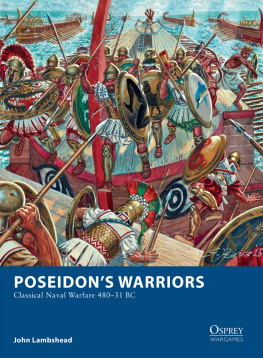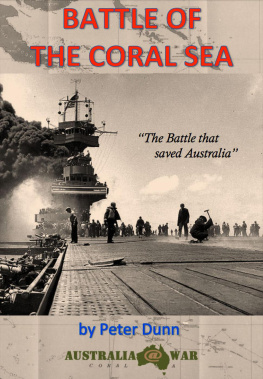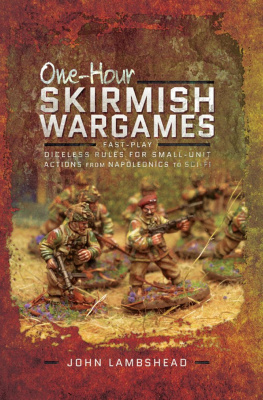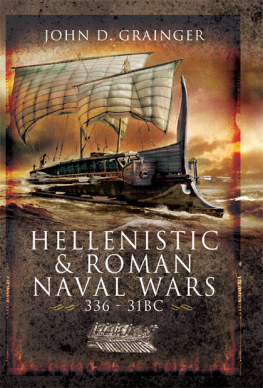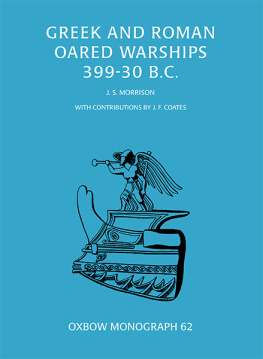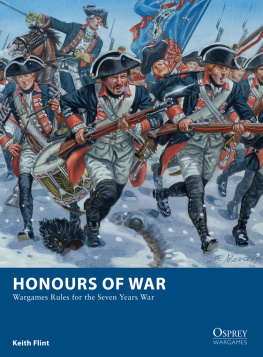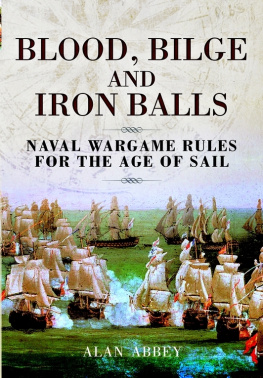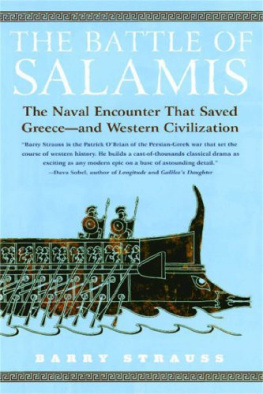
First published in Great Britain in 2016 by Osprey Games (part of Osprey Publishing),
PO Box 883, Oxford, OX1 9PL, UK
1385 Broadway, 5th Floor, New York, NY 10018
E-mail:
Bloomsbury is a registered trademark of Bloomsbury Publishing Plc
This electronic edition published in Great Britain in 2016 by Bloomsbury Publishing Plc
Osprey Publishing, part of Bloomsbury Publishing Plc
2015 John Lambshead
All rights reserved
You may not copy, distribute, transmit, reproduce or otherwise make available this publication (or any part of it) in any form, or by any means (including without limitation electronic, digital, optical, mechanical, photocopying, printing, recording or otherwise), without the prior written permission of the publisher. Any person who does any unauthorised act in relation to this publication may be liable to criminal prosecution and civil claims for damages.
A CIP catalogue record for this book is available from the British Library
John Lambshead has asserted his right under the Copyright, Designs and Patents Act, 1988, to be identified as the author of this book.
Print ISBN: 978-1-4728-1418-0
PDF e-book ISBN: 978-1-4728-1419-7
EPUB e-book ISBN: 978-1-4728-1420-3
Page layout by: PDQ Media, Bungay, UK
Typeset in Sabon and Myriad Pro
Originated by PDQ Media, Bungay, UK
Printed in China through World Print. Ltd
www.ospreygames.co.uk
Acknowledgements
I would like to thank the following:
Rod and Carol Langton of Langton Miniatures (www.rodlangton.com), who supplied the models and many of the photographs used in this book.
Dr Andrew Ruddle of The Trireme Trust (www.triremetrust.org.uk) for allowing us to use photos of the Olympias.
Dean Motoyama (wabcorner.blogspot.co.uk) for providing photographs from his personal collection of Langton's ancient galleys.
Frank Becker (tabletopdeutschland.wordpress.com) for supplying photographs of his breath-taking model of Carthage Harbour based on Langton Miniature models.
AUTHOR
John Lambshead is a retired senior scientific civil servant who has worked for the British Museum of Natural History, Southampton University, the University of California, and the Royal Society, with more than a hundred scientific articles to his name. He is also an experienced author and game designer, having written for Baen Books, Games Workshop and Warlord Games amongst others.
ILLUSTRATOR
Giuseppe Rava was born in Faenza in 1963, and took an interest in all things military from an early age. Entirely self-taught, Giuseppe has established himself as a leading military history artist, and is inspired by the works of the great military artists, such as Detaille, Meissonier, Rchling, Lady Butler, Ottenfeld and Angus McBride. He lives and works in Italy. For more on Giuseppe, please visit his website at www.g-rava.it
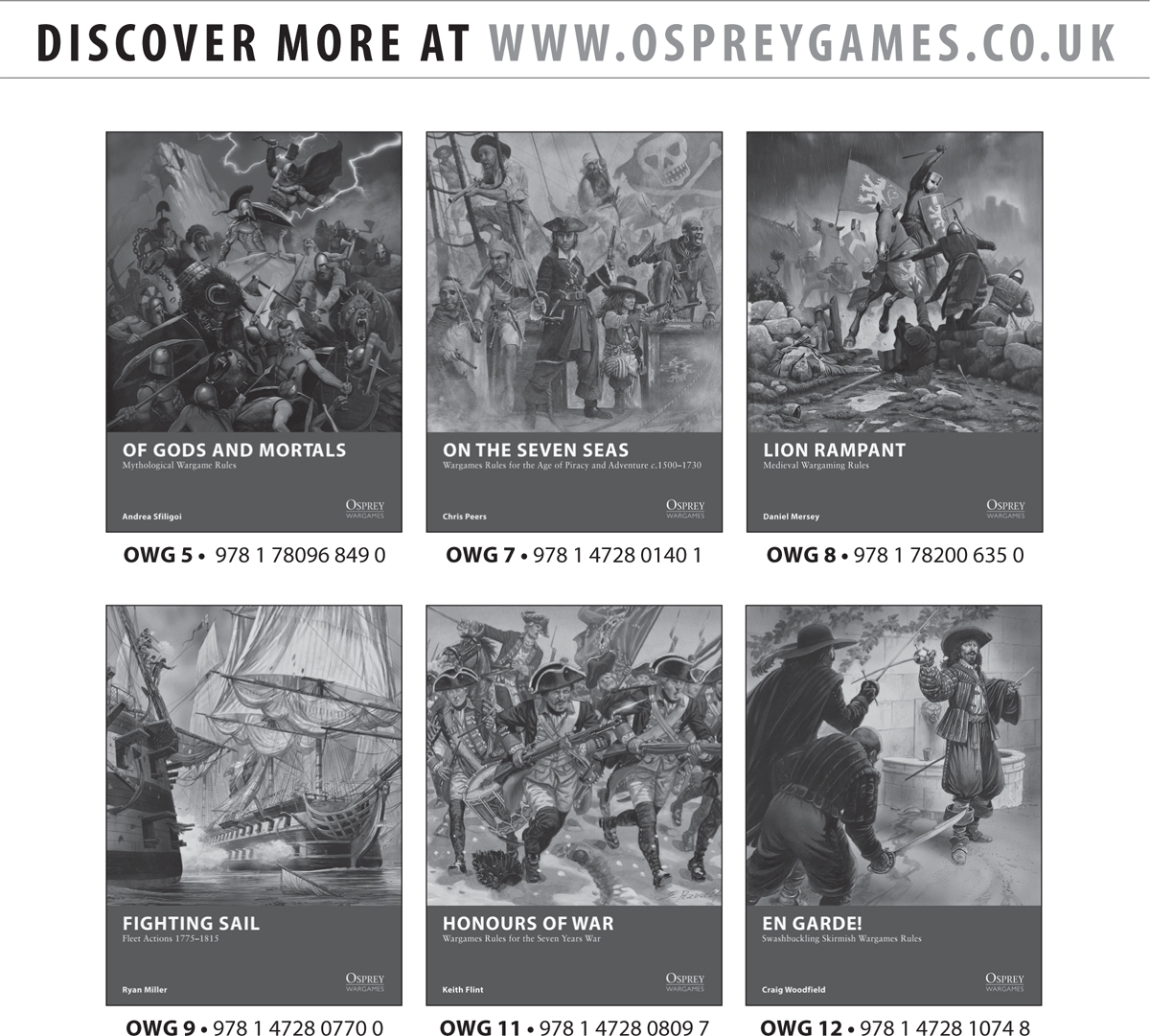
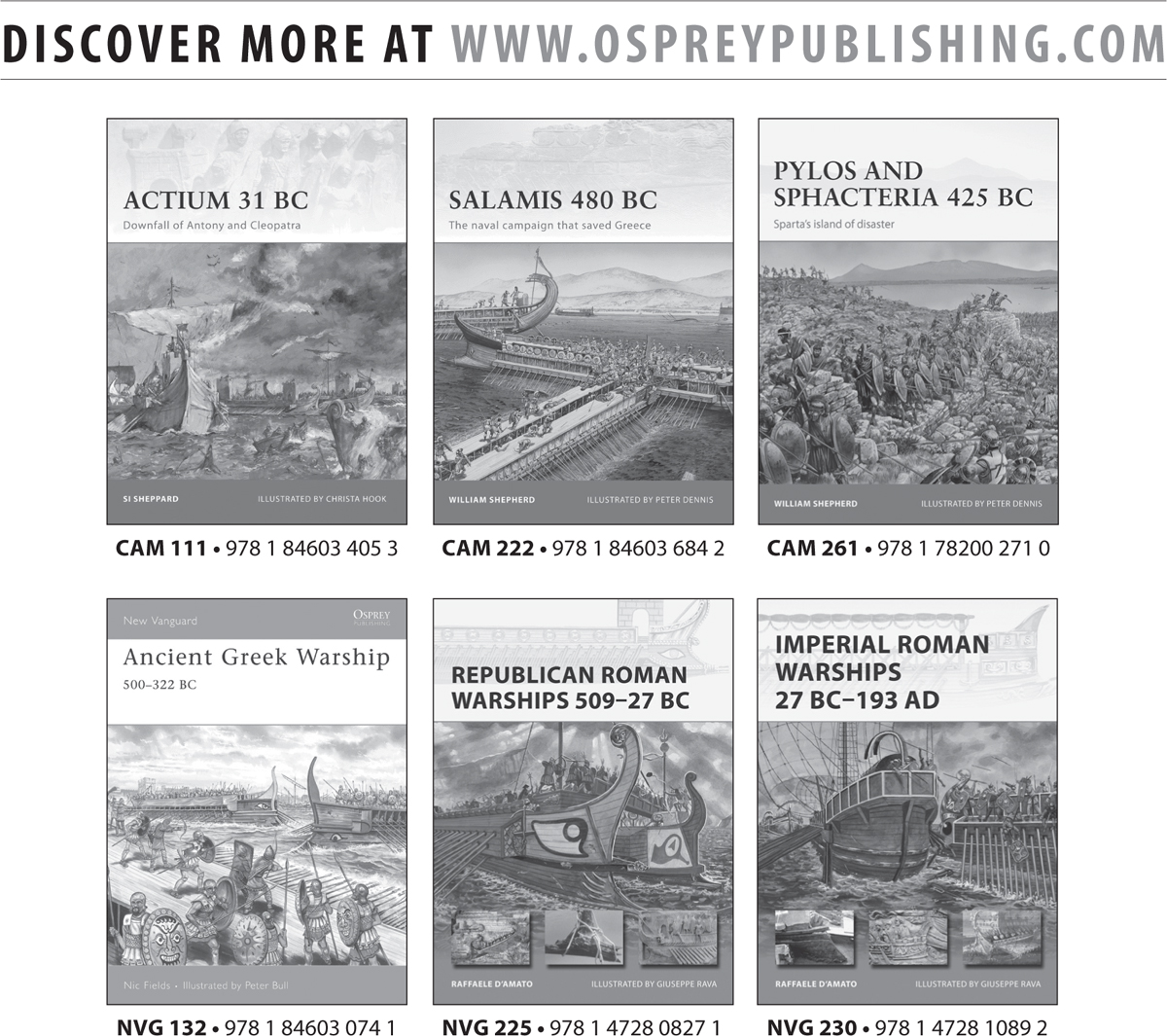
FOREWORD
This is a set of rules for playing large-scale naval actions between fleets of classical galleys.
Galley combat involved a great deal of sneaky and cunning manoeuvring to position ships to ram an enemy vessel without being rammed in return, especially as so much of the action occurred around coastline or in narrow channels and shallow waters.
Of all naval wargames, ancient war galleys demand the greatest concentration and tactical finesse from players, offering the greatest challenge and providing the most fun of all the warship periods.
Galley warfare is more like a World War II air dogfight than naval combat in the gunpowder or battleship eras because the primary weapon, the ram, is on the bow and thus the whole ship has to be aimed at the target.
These rules use an integrated turn system to recreate the feints and traps employed to tempt the enemy out of position and make his ships vulnerable to a ram. Record-keeping is minimised to maintain a high tempo during game play. Real ancient galleys fought at ramming speed and so do ships in Poseidon's Warriors.
Inside are wargame rules, ship data, famous admirals, historical scenarios, a campaign system and brief historical notes for those who wish to refresh their memory about the weapons, tactics, major battles, campaigns and wars.

Rounding a promontory was often a tricky business in the ancient world so this flotilla of warships is making the transit under oars, while two merchant ships tack in the background. (Models by Langton, photo by author)
AN INTRODUCTION TO CLASSICAL WAR GALLEYS
War galleys had to be fast, manoeuvrable and capable of sailing in any direction irrespective of the wind. The key to the development of the warship was the oar a paddle lengthened to increase leverage and worked against a fulcrum (rowlock) on the side of the boat.
Classical war galleys were not rowed by slaves, unlike the equivalent Renaissance vessels. The oar crews were free men who expected to be paid for their labours. This meant that running a war fleet was an expensive proposition that needed a healthy cash economy to finance.
Warships had to be light racers to satisfy speed and manoeuvrability specifications. This requirement produced a whole series of knock-on effects: galleys were flimsy so they could not operate on rough seas, they had large crews but minimal cargo carrying capacity so little food or water could be carried, seriously limiting their range. The practice was to dock galleys every night if possible, pulling them stern-first onto a beach if no permanent harbour was available.
Galleys were kept out of the water when not in use as much as possible. Even so, a war galley only had a working lifespan of 25 years at most. A war galley could not stay on station at sea like a Napoleonic ship-of-the-line. It had to operate from a friendly land base nearby where it could be docked or beached for the crews to obtain food and secure sleeping accommodation. This is why ancient naval battles commonly occurred close to shore usually around key port cities like Syracuse or at narrow choke points such as the Hellespont. Galleys were not blue-water navies, and this should be born in mind when designing scenarios.
In the late Bronze Age, warships were used to intercept merchantmen, carry warriors on city-sacking raids like the Trojan War and fight combats that were not dissimilar to land battles. Ships manoeuvred to bring their warriors into contact with enemy vessels so that they could discharge missile weapons and board.
Marines, the oldest naval weapon, continued to be important right through the age of the war galley. They would be armed with missile weapons such as bows and javelins as well as close-combat weapons and were decisive in boarding actions. The Romans in particular relied upon marines in the early period of their wars with Carthage. In a set-piece naval battle such as Actium, additional soldiers would often be taken on board just for the day of the battle.
The naval ram projecting from the front of ancient galleys was constructed from a substantial piece of timber sheathed in bronze. It had a blunt, square face, usually with three transverse fins. It was not designed to penetrate deep into a hull, which threatened to lock the rammer to the rammed with potentially disastrous results, but to punch a hole. It functioned as a battering ram rather than a spear. In 1980, Israeli divers discovered an ancient ram in perfect condition off Athlit. This impressive weapon is 2.3m long, 0.8m wide and 0.9m high, and sheathed in half a ton of bronze. Examination of the naval memorial set up by Augustus to commemorate the Battle of Cape Actium shows that the Athlit ram, massive though it is, was only from a quadrireme or quinquereme. The largest ram in the Actium memorial, probably from a Ten, was around three times larger.

